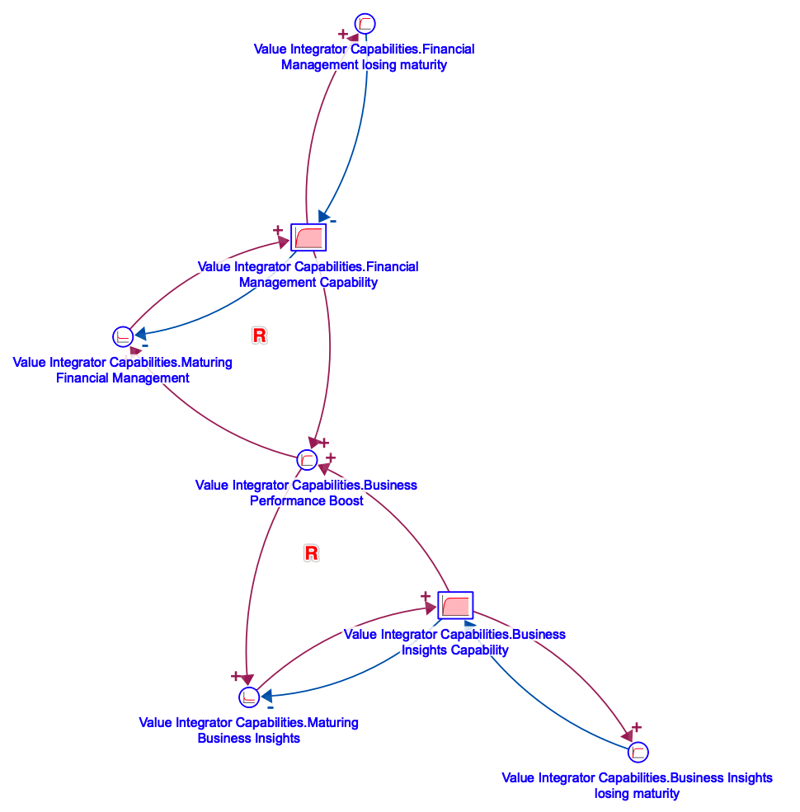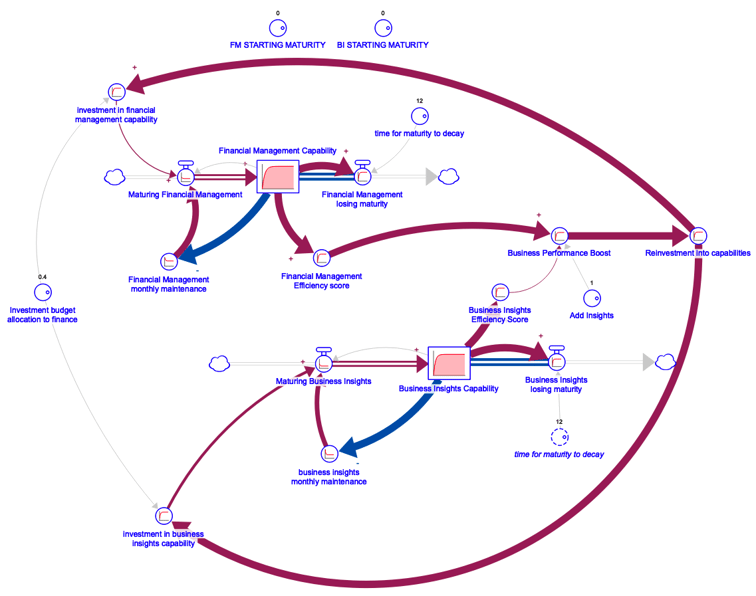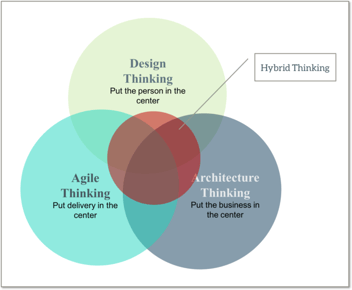Let's dive deep into the concept of capability-based management. To begin, we must differentiate between capability-based planning and capability-based management. The former is essentially an annual event dedicated to planning investments in the business's capabilities. Typically, this is crucial for capital planning and budgeting cycles. In simpler terms, think of it as setting the stage for the acts that will follow throughout the business year.
Capability-based management, on the other hand, is not a 'one and done' affair. It’s the continuous act of managing these capabilities to align with different emerging business scenarios. Here, the focus is on fine-tuning, like a maestro with an orchestra, to sustain the appropriate investment levels and maturity. This is not a static endeavor; it demands dynamic, adaptive strategies, as well as equally nimble budgeting and delivery mechanisms. In the absence of these flexible structures, the promise of capability-based management is just that—a promise, and nothing more.
Now, did you catch what I did there? I mixed and matched capabilities for varied outcomes. In the first case, you'd need a capability specifically for annual planning and budgeting. In the second instance, however, a cocktail of capabilities is necessary—namely, adaptive strategy, continuous delivery, and dynamic budgeting—to support the ongoing management of capability-based management. This blend, my friends, is the 'secret sauce' of business architecture.
But, we rarely exploit this formula to its full potential. More often than not, organizations are working with static capability models that only offer snapshots in time. These give us valuable insights, of course, but they're largely passive and confined to the realm of capital planning. This is done in operating model design as well, but more on that in another posting.
Here's another way to look at it. Let's say you're transforming the finance function within a business. Following a disciplined operator strategy will enhance your financial management capability, sure. But the real magic happens when you start combining this capability with others, like business insight, to create a compounding effect of value. This is what I call the 'gold' of business design. You're no longer just financially efficient; you've become a value integrator that provides predictive and prescriptive insights across the entire business spectrum. And you’ve done this by mixing two capabilities—just two in this simple scenario. And you’ve done it to create a multiplier effect ie. The performance boost created by combining financial efficiency and insight
Now, let's bring value stream mapping into the equation. What if we place these composite capabilities within a value stream?
.png?width=1766&height=933&name=Value%20Integrator%20Example%20(2023-10-30_10-31-23).png)
Value streams are an indispensable tool for visually navigating the complex landscape of business architecture. They offer a straightforward way to conceptualize various moving parts. However, their linear and static nature is a limitation; and they fall short of capturing the interdependent dynamics that emerge when various capabilities and value streams intersect. So, while value streams serve as excellent starting points and communication aids for stakeholders, it's high time business architecture practitioners elevate their approach to include a focus on behavioral dynamics, emergent phenomena, and circular interdependencies
Cue Causal Loop Diagrams (CLDs) and System Dynamics Models.

You will see the virtuous reinforcing loops of the cycles between the two capabilities (noted by the R symbol). This creates the multiplier effect.
We can make this even more dynamic by simulating the behavior of these two capabilities. Below is a rough model of the improved performance by combining the financial management and business insights capabilities. It mimics aspects of the behavior and will allow a powerful conversation about how to mix the activities and resources around these capabilities to deliver emergent behaviors.

These tools allow us to experiment with the behavior of individual capabilities, viewing them as fine-grained agents in a broader dynamic model, but also allow us to mix them in different ways to search for emergence. This way, you’re not just looking at static capabilities; you're observing how they behave and interact in a complex environment.
We're currently developing this nuanced approach, dropping capabilities into an agent-based environment. Simultaneously, we're doing the same for well-known business models, mapping them into CLDs and associated behaviors. So you can mix business models, and simulate the behaviors to find new sources of value creation and capturing.
Ultimately, this approach will lay the groundwork for the digital twin of your organization, enabling near-real-time changes to be made based on live data. We have a long road ahead, but the journey has already begun, and let me tell you—it's exhilarating.




